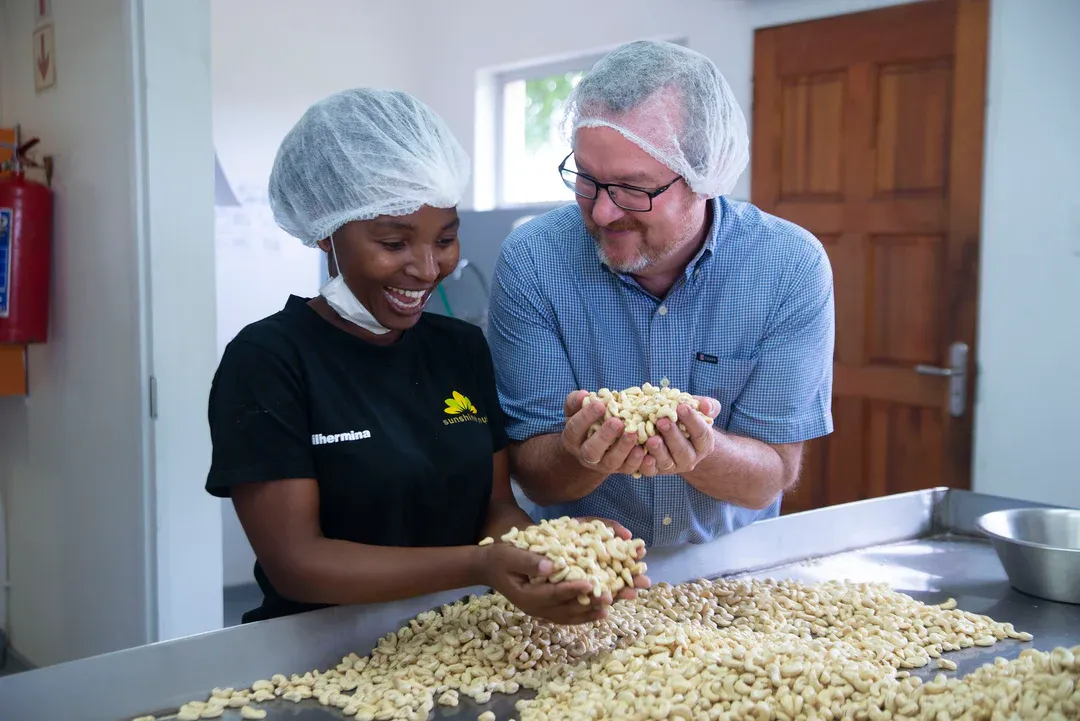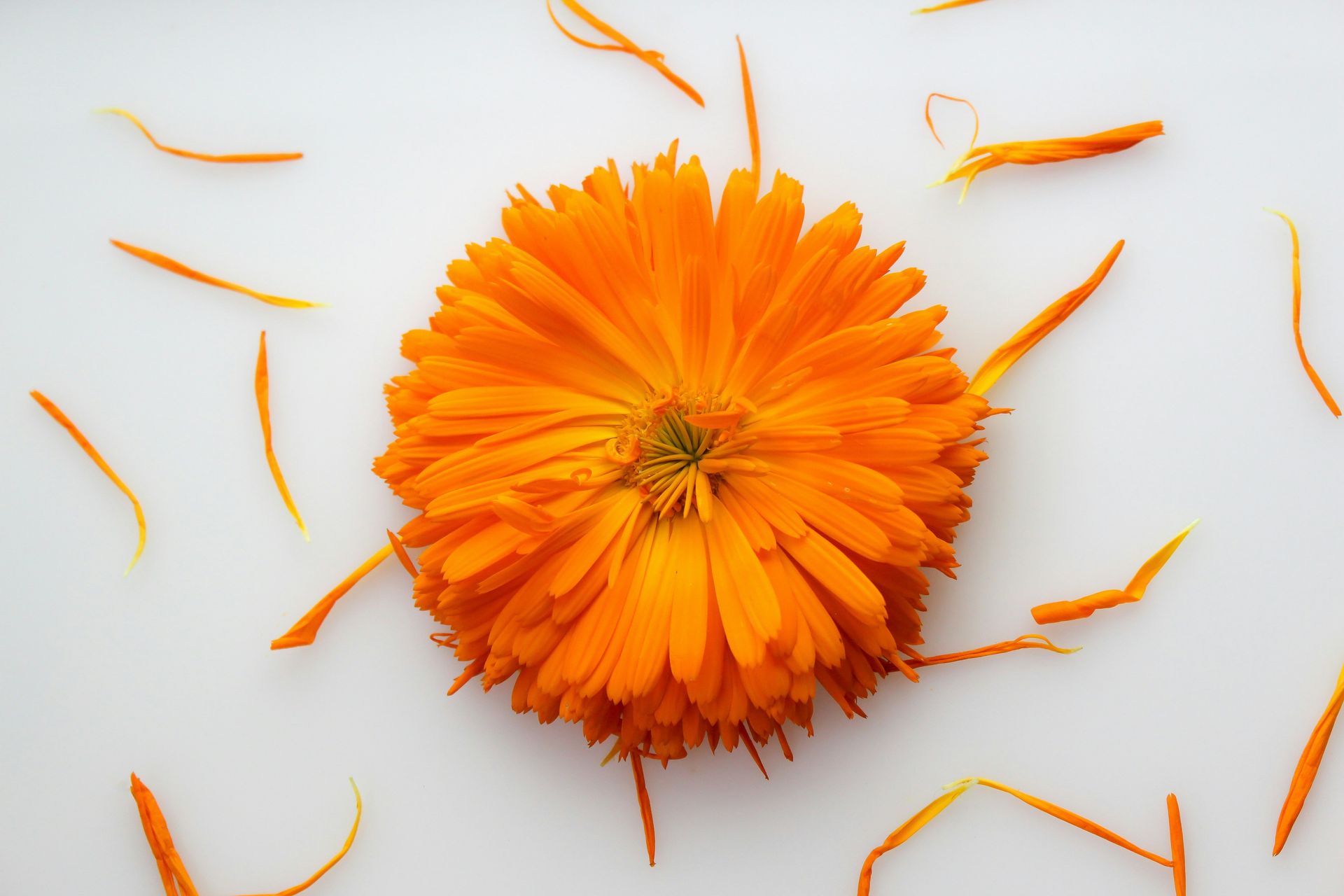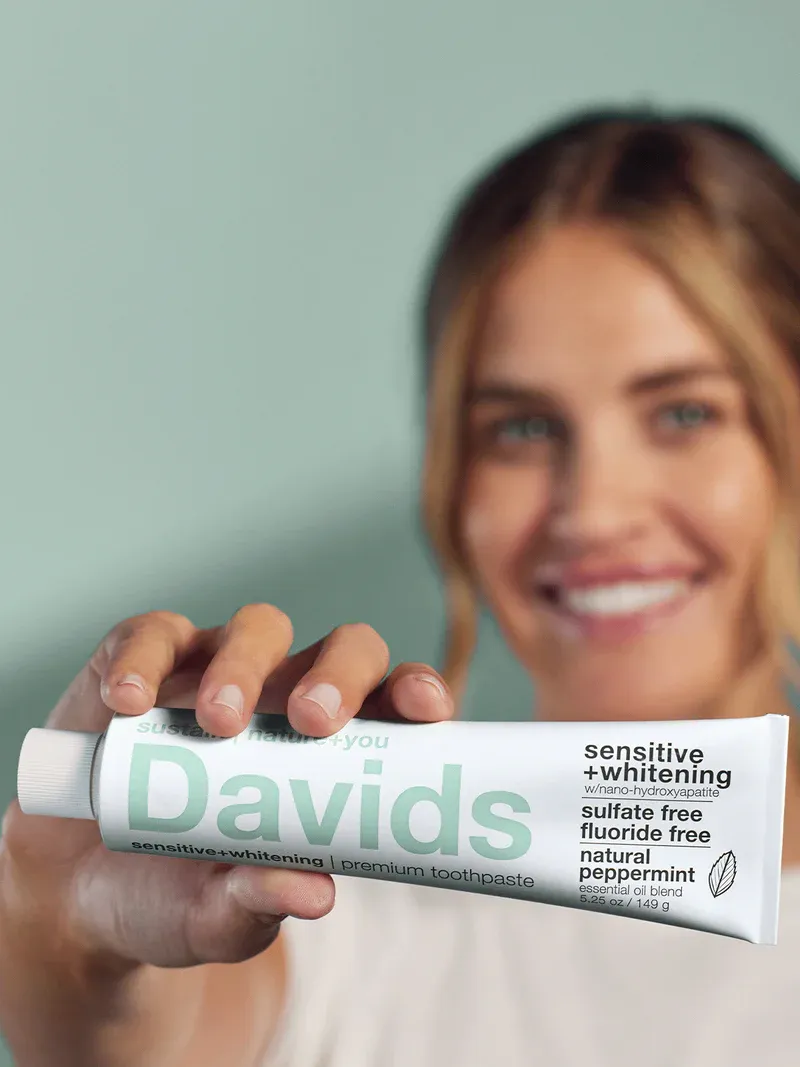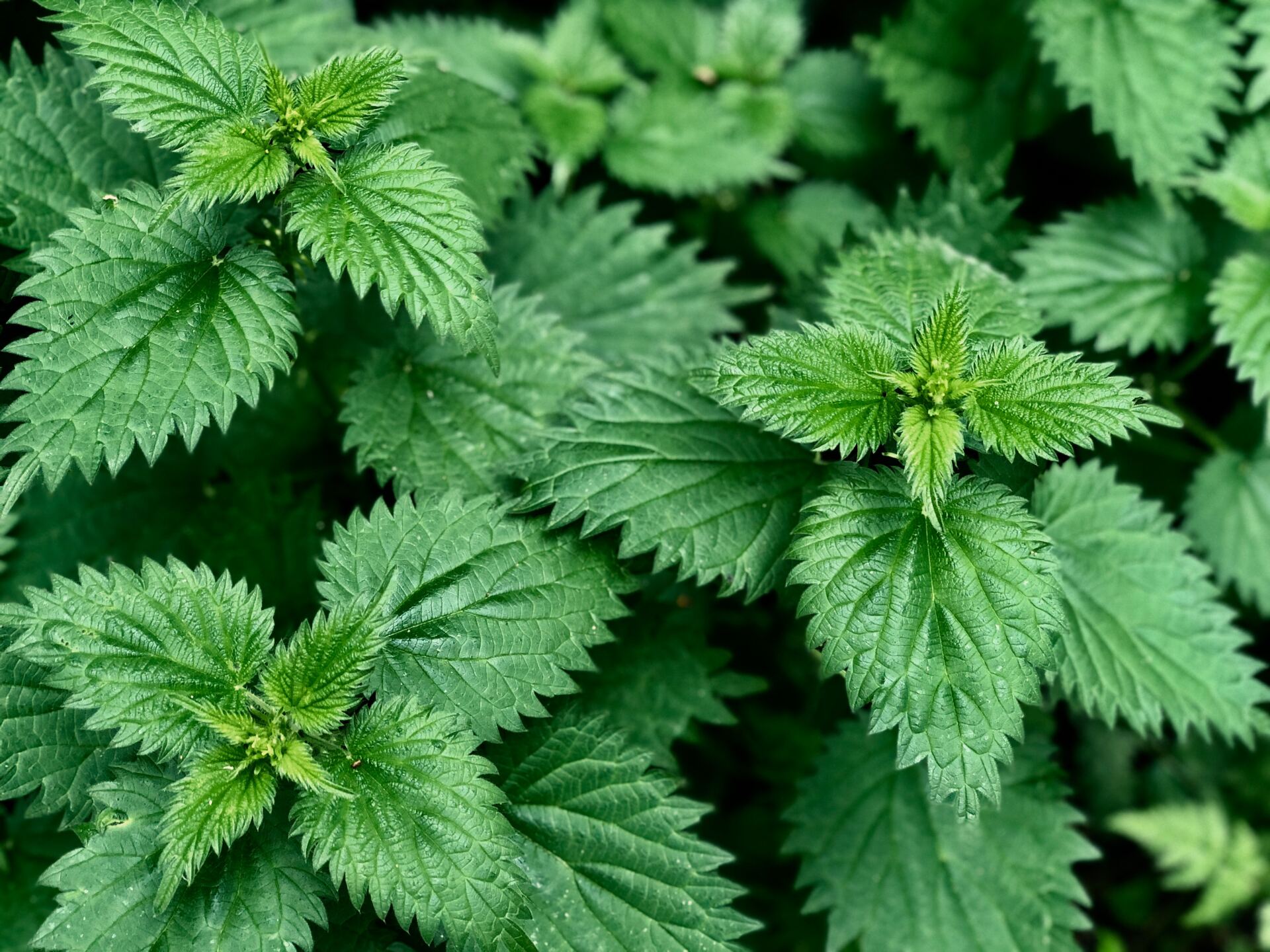








The quantity and quality of our sleep can:

A lack of sleep has been shown to alter DNA. Those of us who are so careful with our health and diet may be inadvertently modifying how our chromosomes and genes perform simply by not getting enough sleep. And while doctors often ask patients about diet and exercise, zero percent of those polled said their doctor has asked them about their sleep habits.
In one experiment in which study participants slept less than six hours for one week, distortions were found in the activity of 711 genes. The genes that were rendered inactive were those that help stabilize metabolism and optimal immune function. They also regulated cholesterol.
One in three Americans lives in a chronic state of sleep deprivation, with chronic defined as occurring for three months or longer. Chronic sleep loss is linked to heart disease, cancer, respiratory diseases, stroke and Alzheimer’s disease – five of the leading causes of death in America.
Attempting to regulate sleep with substances has drawbacks, so it’s best to regulate your sleep cycle naturally. I realize that sounds like WC Fields’ cheeky advice that the best way to cure insomnia is by getting more sleep! But seriously, every set of recommendations I’ve ever seen for better sleep puts simply going to bed at the same time every night and arising at the same time every morning at the top of the list.
Also widely recommended is avoiding pre-bedtime exposure to screens that emit blue light, like smartphones and computers. Setting your phone on airplane mode before bedtime will eliminate the pinging of incoming texts and emails that’s been proven to release stress hormones that make you more awake.
For eons, decreases in both light and temperature have been nature’s way to signal the flow of sleep hormones. Lowering room temperature, and donning a sleep mask if there’s light you can’t avoid, may work wonders.
These suggestions are just a few of the many available, most of them free and most surprisingly easy to do. Be gentle with yourself as you create new habits. They take time and persistence.
If you’ve been getting less than seven hours of sleep a night or sleeping restlessly, now is a good time to learn how to get more and better sleep. It’s the simplest and best way to better mental and physical health.

Linda Frank is a State and National Board Certified Reflexologist, a Licensed Massage Therapist, and the Founder/Director of Reflexology Academy NW where she teaches a reflexology certification program for those wanting to be a professional reflexologist or simply do reflexology for friends and family with proficiency. Linda educates about reflexology and other wellness modalities via print, tv, radio, and by in-person and Zoom presentations.
Resources: Why We Sleep by Matthew Walker, PhD; National Institutes for Health; Center for Disease Control; PureWow.com; WebMD.com; Time.com; The New York Times; The Sleep Foundation.









Please give us a call for today’s deli hours as they can vary due to staffing.
Grab and go options are always available until close.
FEDERAL WAY
Monday-Saturday: 8 am - 8 pm
Sunday: 9 am - 7 pm
Please call for current deli counter service hours. Grab and go options available until closing.
2565 S. Gateway Center Place
Federal Way, WA 98003
TACOMA
Monday-Saturday: 8 am - 8 pm
Sunday: 9 am - 7 pm
Please call for current deli counter service hours. Grab and go options available until closing.
2951 S. 38th Street
Tacoma, WA 98409